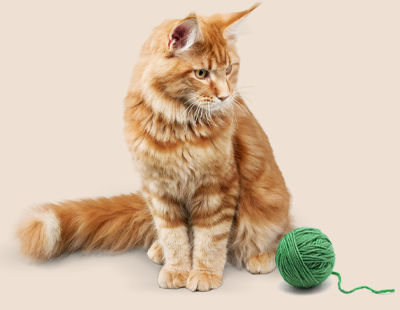Supporting your smallholding this spring
For organic farmers and smallholders, spring is a busy time of year.
With good planning and stock management, you’ll be able to keep your animals happy and healthy regardless of the uncertain weather.
Smallholding tips and advice
We’ve put together some top tips to bear in mind as we start to move into a new season.
Make sure there's adequate access to water
Whilst this may seem incredibly obvious, it really is such a vital component of livestock management. If spring is dry, grass may be growing slower and has a reduced moisture content due to the lack of rainfall, good water management for livestock is more important than ever. Nursing mothers, whether cattle or sheep, will require more water in a day than at other times of the year for milk production.
Take the time to assess your fields before turning any livestock out, check for any burst pipes that could have occurred during period of winter frost.
It is crucial that you are refreshing troughs during drier periods at least a couple of times a day with clean, fresh water. It also worth keeping a schedule of when you last disinfected your water troughs. A period of warm weather could cause toxic algal blooms to develop faster than normal.

Provide shelter
Provide your grazing livestock with access to fields that have sufficient shelter in the form of hedges or trees. Not only can this provide shade in drier, warmer period, it can act as a wind and rain break in bad weather. Consider critically examining your fields with an eye to future climate change. As our spring and summer weather looks to become even warmer (and our winters colder and wetter), it could be that you should add in some additional hedgerows or trees to your grazing fields to provide shelter.
The Agricultural and Horticultural Development Board (AHDB) have recently published information showing that lambs are markedly more susceptible to both cold weather and heat stress than adult sheep. Keeping an eye on your younger flock members is essential and you may wish to house them (using a lower stocking rate than standard) during period of extreme temperatures.
Handling and transport
In periods of warm, dry spring weather, you should, move, gather, handle, or transport your sheep in the cooler conditions of the early morning or in the evenings. It is generally considered good practice to avoid handling cattle in the evening and stick to early morning movement.
This is because cattle require time to recover from a high day time temperature. Cattle prefer cooler temperatures so you can feel more confident turning them out before the warmth of spring sets in, as long as your fields are dry enough!

Extra forage
The lack of rainfall and fluctuating temperatures in February so far has led to a noticeable drop in grass growth over the past two weeks. Should your sward heights be below 4cm, you should supply supplementary forage to your livestock to make sure they remain in good condition.
In the event of a warm spring, your livestock may spend more time sheltering in the heat of the day, and less time feeding. You should consider providing any extra forage during the cooler evenings as this will compensate for reduced feeding activity in the heat.
Consider the outlook for this summer, if the spring continues dry. The UK-wide drought in 2018 saw feed prices peak as farmers and smallholders looked to supplement the lack of available grazing to their stock.
This, combined with the rising feed costs brought about by the war in Ukraine and EU supply uncertainties, suggests that if you have the space to store additional forage and concentrates for your flock, it may be worth looking in to this sooner rather than later. If you decide to start supplementing grazing with additional forage, then be sure to always introduce it slowly to reduce the risk of acidosis.
Flystrike
The warmer weather can accelerate blowfly life cycles. Be on the lookout for this unpleasant condition early in a dry spring. It is not just sheep and cattle that can be affected by Flystrike, poultry and rabbits have been known to experience it, too!
Animals with poor intestinal hygiene are more likely to suffer from Flystrike. The condition is caused by blowflies laying eggs in dirty and damp fur or feathers around your livestock or poultry’s bottom. An easy way of reducing the risk of Flystrike is through supporting the intestinal hygiene of your animals.
This can be through using a natural, organic product like Verm-X or a pharmaceutical product.
Other things to consider are ‘dagging’ your sheep (this is when you hand clip the fleece around their bottoms to make sure everything is clean and tidy) and making sure that you routinely disinfect any field shelters or housing.
Interested to learn more?
Find out more about grass growth trends in your area through the AHDB Forage for Knowledge portal.

